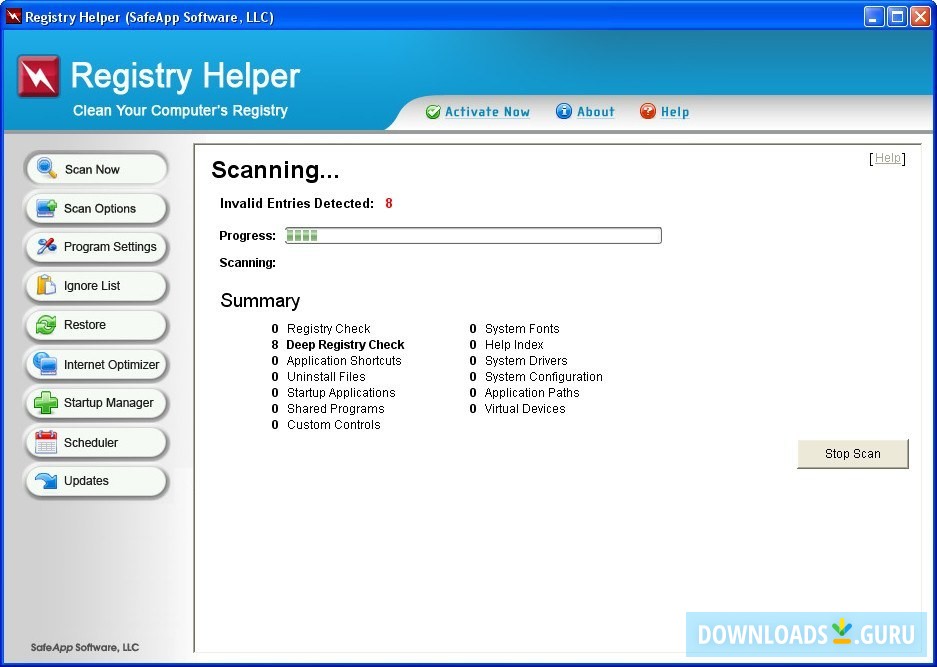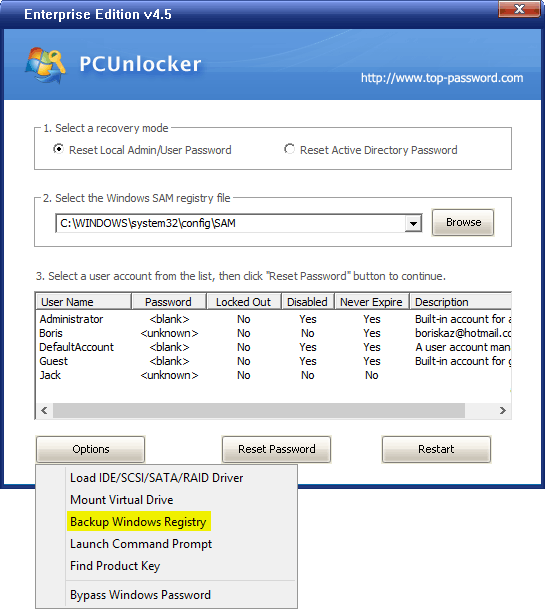

As you can see, the Registry contains information that is not only vital to the use of the operating system, but also essential in allowing you to customize Windows to your particular needs. Application settings such as what directory you would like to download files to or what your default font is in a word processor are stored here as well. When you shut down Windows then start it up again at a later date, your preferences are available and loaded automatically. (On older versions of Windows 10, this screen may look a little different, but it shows the same information.) Note: The Installed on date may not. Look under Windows specifications for the Version you have installed.

Navigate to System > About in the Settings window. When you change your desktop background or screen saver, these details are stored in the Registry. Click the Settings gear at its left side or press Windows+i. The Registry though is not only for operating system settings: user preferences and application settings are stored in the Registry as well. Because this information is stored in the Registry on the hard drive, Windows has this information available each time it boots up. This allows Windows to retrieve that information at later dates such as when it is starting up.Īs Windows starts it will read the configuration in the Registry and know what drivers need to be loaded, what settings to be applied, and what resources need to be allocated in order for the equipment to work.

When a new piece of hardware or software is installed in Windows, it stores its configuration into the Registry. The Registry is a key component of the Windows operating system, so much so that without it Windows would not even run.


 0 kommentar(er)
0 kommentar(er)
